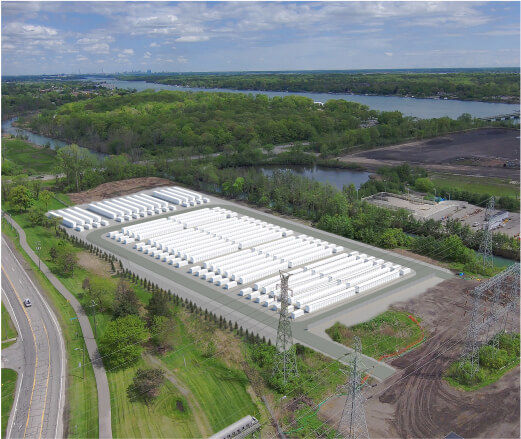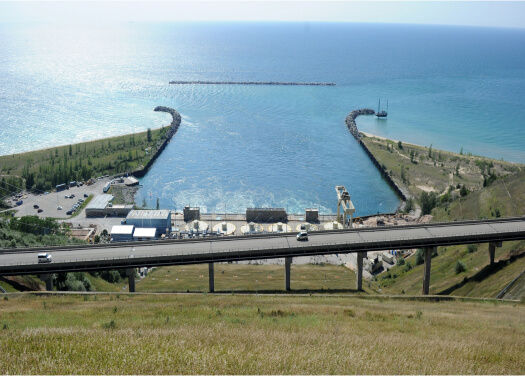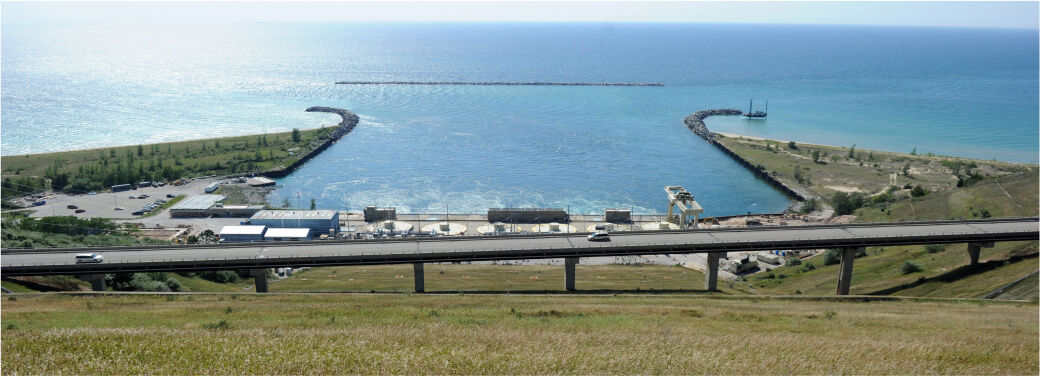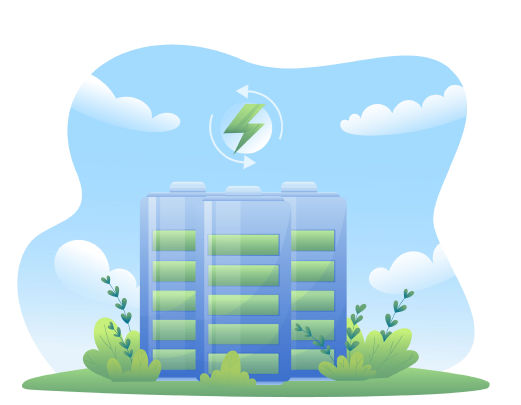Energy Storage: Aligning Renewable Energy and Electricity Demand

Energy storage is the capture of energy produced at one time for use at a later time to reduce imbalances between energy demand and energy production. There are many different types of energy storage, including our pumped hydroelectric storage facility at Ludington and our proposed lithium-ion battery storage facilities in Trenton, which are profiled below.
Similar to batteries found in cellphones or laptops, large and rechargeable lithium-ion batteries can support the grid by storing and later discharging energy. Energy storage is an ideal partner for renewable energy resources like wind and solar. Renewable energy charges the batteries when those resources are abundant, and the stored energy can then be used when wind and solar energy are not available.
By 2042, we plan to have more than 2,900 megawatts of energy storage to help power homes and businesses in southeast Michigan – more than doubling our current storage capacity.
Slocum BESS
DTE’s first large-scale Battery Energy Storage System (BESS) is a 14-megawatt, 4-hour duration Lithium-ion battery system. The pilot project, Slocum BESS, is scheduled to be completed in 2025 and will replace the five diesel engines that had served DTE customers at the Slocum station site in Trenton, Michigan for six decades.

Rendering of the Trenton Channel Energy Center.
Trenton Channel Energy Center
DTE is planning construction of a 220-megawatt, 4-hour duration energy storage center at the site of the former Trenton Channel coal plant. This would be one of the largest storage projects in the state and one of the country’s largest coal plant-to-storage transitions.
Rendering of the Trenton Channel Energy Center.


Ludington Pumped Storage Plant
The Ludington Pumped Storage Plant, which DTE Electric co-owns with Consumers Energy, is considered a long-duration storage facility. Located on the shores of Lake Michigan in Mason County, this massive hydroelectric plant works in tandem with renewable energy.
The plant’s super-sized reversible turbines serve two-purposes: as pumps when energy is plentiful and low-cost (like when the sun is shining and the wind is blowing) and as power generators when demand for electricity is higher and renewable sources are less productive. The plant pumps water from Lake Michigan uphill to a 27-billion-gallon reservoir and the stored water is released downhill through the turbines to generate electricity when energy demand is higher.
